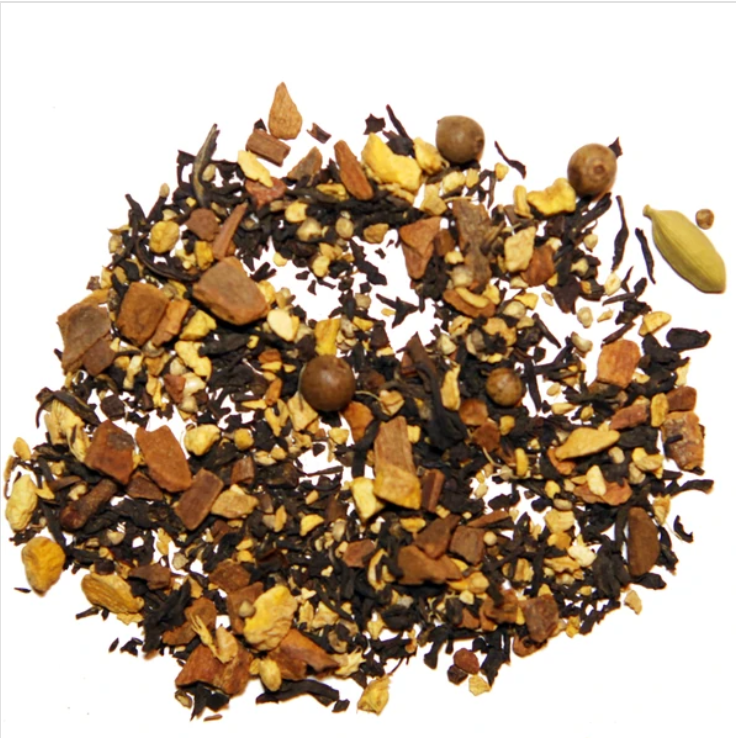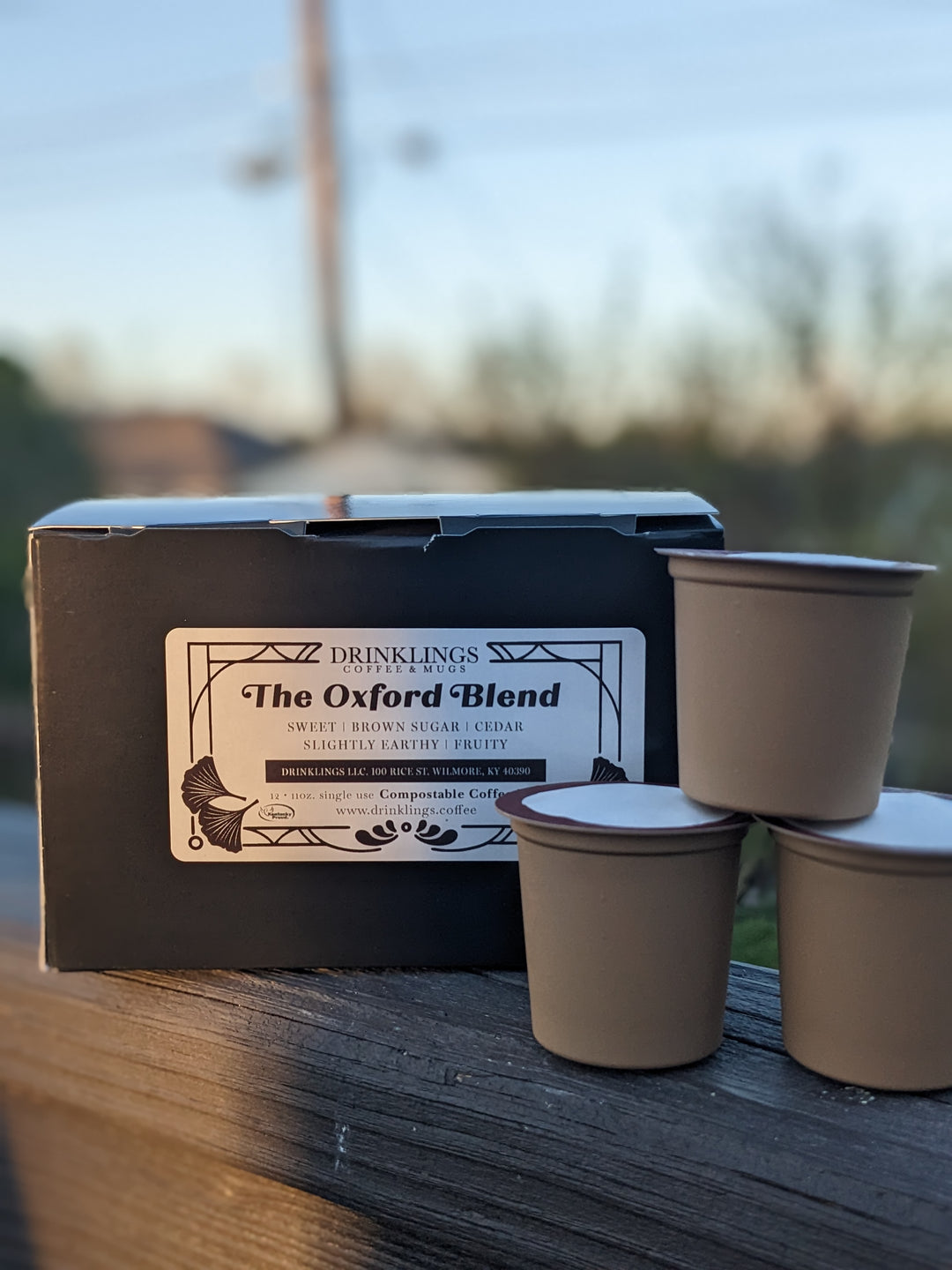Coffee School 101: The Coffee Tree
I have always been fascinated by trees. Many of my earliest and most fond memories involve playing in the branches of a Wisconsin Willow which we transplanted in North Carolina. It's no surprise then that as an adult my fascination with trees has continued, first to the degree of transplanting another Wisconsin Willow in our home in Kentucky but, perhaps more so, to my professional life where on a daily basis I work with the pits of the fruit or -- the cherry seed -- that comes from Arabica trees.
If you're like me, thinking of coffee as coming from a tree is a bit of an odd sentiment. It's not that it's surprising -- it's just odd in some way. We don't think of coffee growing like bananas, oranges, or apples. It's supposed to grow in an air-tight foiled bag that gets sold at markets and coffee shops, right?
I want to introduce you to the coffee tree: not just because it's interesting but because it's important. Especially in our current global agricultural system with issues of climate change and global warming, it's important for those of us that love and respect the blackened (yet golden) beverage of caffeinated pleasure that we be aware of what the coffee tree is and what potential threats it is up against.
Let's be clear at first: there is no such thing as "A" coffee tree. So get the Platonic idea of forms out of your head. The coffee tree is really many different kinds of coffee trees, starting first with a distinction between the Arabica tree and all other kinds (including Robusta -- see our first article on that). But there are also numerous other differences including different varieties of Arabica and different kinds of foliage.
Contrary to what you may suspect, most coffee is grown not for its particular flavor but for its potential economic impact for the farmer. Coffee, like many things, is grown with consideration of bulk yield in mind.
This focus on bulk requires money and agricultural space but it also requires time. Lots of it. Coffee trees first take 6-12 months in a nursery but over all from seed to first major harvest, the coffee tree takes a total of 36 months to be mature. Once the tree is mature, it takes around nine months for the fruit of the tree to ripen. But just like many fruits, this doesn't happen uniformly. This requires a lot of time, money, and effort put in by the farmer to harvest multiple times a season.
All this means a few things: first, and perhaps most importantly, it means that at minimum it is a three year process from seed to cup but most likely much longer. Second, it means that for the farmer, choosing to embark in coffee as a lifestyle is a major investment of time and money. For three years during the process before initial harvest, the farmer cannot reap any economic benefits off of the land. It's space that could otherwise be used for other crops but which the farmer needs to wait patiently for. Third, it means that there are significant risks involved, including disease and natural disaster. It is not unheard of to have coffee farmers who tend their trees for two or three years to find them suddenly wiped out by disease or disaster. If that occurs, it can be potentially devastating financially for the farmer and his/her family. In fact, in 2013, several Central American countries declared a state of emergency due to the damage caused by coffee leaf rust which has increased with higher climate temperatures.
The coffee tree is a wonderful plant -- one that, I imagine, is really the tree of life talked about in the Bible (those that are sent to Purgatory have to partake from the Robusta tree though). But it is a complex tree. There is no simple harvest. There are no quick fruits of labor. There are massive risks involved. It is important for those of us who enjoy a morning (or afternoon...or evening...) cup to learn more about what is involved in bringing it to us from the initial seed.
* Thankful to James Hoffman's The World Atlas of Coffee: From Beans to Brewing -- Coffees Explored, Explained and Enjoyed, 2nd Ed.




